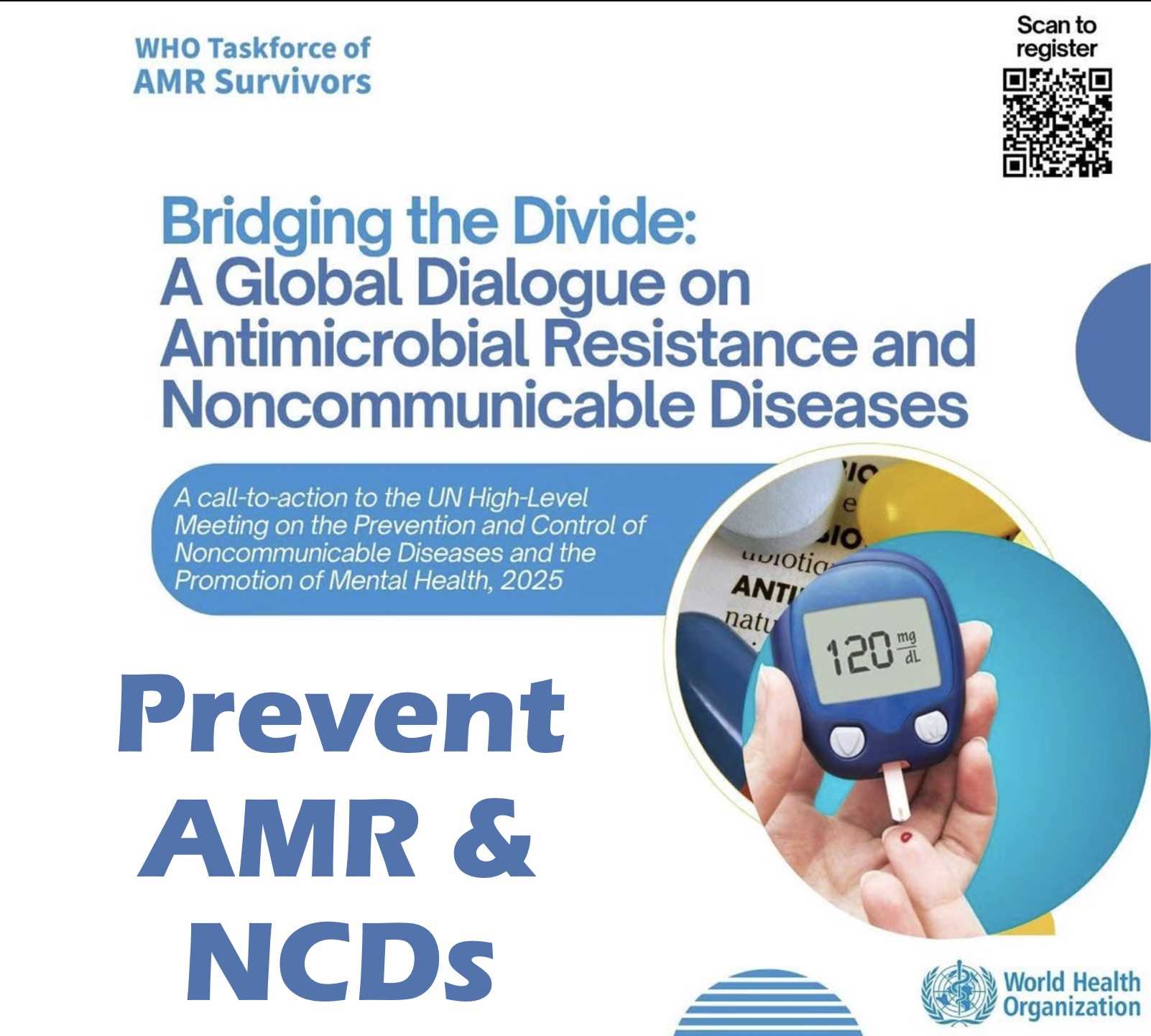
Audrey Galawu – sistant Editor
As the world prepaes for the UN High-Level Meeting on the Prevention and Control of NCDs and the Promotion of Mental Health 2025, health experts and patient advocates are sounding an urgent alarm: antimicrobial resistance and non-communicable diseases are converging into a global public health crisis that can no longer be ignored.
The Global Antimicrobial Resistance Media Alliance is calling for a coordinated, people-centered approach to tackle these interlinked challenges, warning that lives, health systems, and economies are at stake.
For patients, the link between AMR and NCDs is not abstract—it is lived reality.
“There has to be a united strategy to fully capture patient challenges like poor primary care, poverty, fragmented services, high costs, and the lack of policy inclusion,” says Ella Balasa, a cystic fibrosis survivor and member of the WHO Task Force of AMR Survivors.
“Patient voices are often missing from the policy tables, and our stories really humanise these statistics. By elevating patient voices, we can shape a more inclusive and responsive health agenda.”
For Brandon Jaka, another survivor, the personal is political. “Stories like mine bring a human face to AMR and shift the narrative from abstract statistics to lived realities. We must advocate for affordable diagnostics, equitable access to effective antimicrobials, and strong community-based surveillance.
If we want resilient health systems, we must start by listening to those who lived through their failures.”
Kidney transplant survivor Borislava Ananieva highlights the danger of delayed diagnostics: “Waiting days for test results forces doctors to prescribe antibiotics that may be ineffective or harmful. Patients’ urgent needs for timely, accurate diagnostics must guide research and innovation. Patients are the largest minority in the world, and this is relevant to everyone.”
Health experts agree that AMR is undermining NCD care, threatening hard-won progress.
“AMR is not just a microbial issue—it is a human survival issue, especially for patients battling chronic illnesses,” stresses Lauren Protoris, CEO of Campaigning for Cancer. She warns that when infections become resistant, consequences for cancer patients are devastating—medically, financially, and emotionally.
From a policy perspective, Dr. Yvan Hutin of WHO emphasizes integration: “It is high time to break down silos and build resilient health systems that can respond to both AMR and NCDs. Strengthening surveillance, investing in diagnostics, empowering communities, and promoting preventive services are all key.”
Related Stories
Professor Onyebuchi Chukwuo, former Nigerian Minister of Health, calls for a three-pronged strategy: embedding AMR into NCD policies, establishing coordinated governance to strengthen infection prevention, and investing in robust systems that can respond to both crises simultaneously.
Healthcare workers also face daily struggles. Caline Mattar of the World Medical Association describes the helplessness clinicians feel when treating drug-resistant infections without adequate resources. She urges UNGA 2025 to prioritize training, education, and investment in frontline workers.
The AMR-NCD intersection does not exist in isolation. Dr. Téa E. Collins from WHO reminds policymakers that tobacco, alcohol, poor nutrition, physical inactivity, pollution, and poverty all compound vulnerabilities, particularly in low- and middle-income countries.
Addressing AMR and NCDs demands tackling these determinants head-on.
Zimbabwe has rolled out its One Health Antimicrobial Resistance National Action Plan 2.0 (2024–2028) to strengthen surveillance, regulate antibiotic use, educate communities, and improve diagnostic capacity.
Yet progress is urgent: resistance to common antibiotics such as ampicillin rose from 73.9% in 2011 to 74.6% in 2015, straining already limited health resources, increasing mortality among NCD patients, and driving up treatment costs.
Across Africa, the toll is staggering. WHO estimates 1.05 million deaths due to bacterial AMR in 2019, with Sub-Saharan Africa facing 23.7 deaths per 100,000 people, compared to 5 per 100,000 in North America. Projections warn that AMR could shrink Africa’s GDP by up to 5% by 2050, underscoring its devastating health and economic consequences.
“In Africa, health inequities and limited access to diagnostics make AMR a daily challenge,” says Brandon Jaka. “Without urgent action, progress in NCD care can be undone by drug-resistant infections.”
A Global Call to Action
As nations gather at the UN High-Level Meeting, survivors and experts are united in their message: AMR and NCDs must be treated as inseparable threats. Integrated policies, resilient health systems, rapid diagnostics, equitable access to antimicrobials, and survivor-led advocacy are not optional—they are essential.
“Our response must be multi-sectoral and patient-centered,” concludes Dr. Hutin. “Only by uniting global efforts, empowering communities, and reinforcing health systems can we prevent infections, safeguard lives, and sustain progress in NCD care.”
Ella Balasa sums it up simply: “We cannot afford to ignore the voices of those who have lived through the consequences of failing health systems.
"Let the UNGA 2025 political declaration reflect the real world—putting patient survival and equitable care at its heart.”


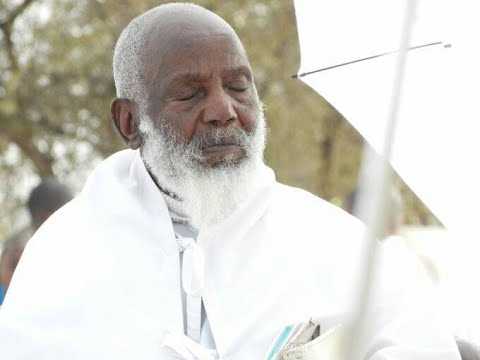


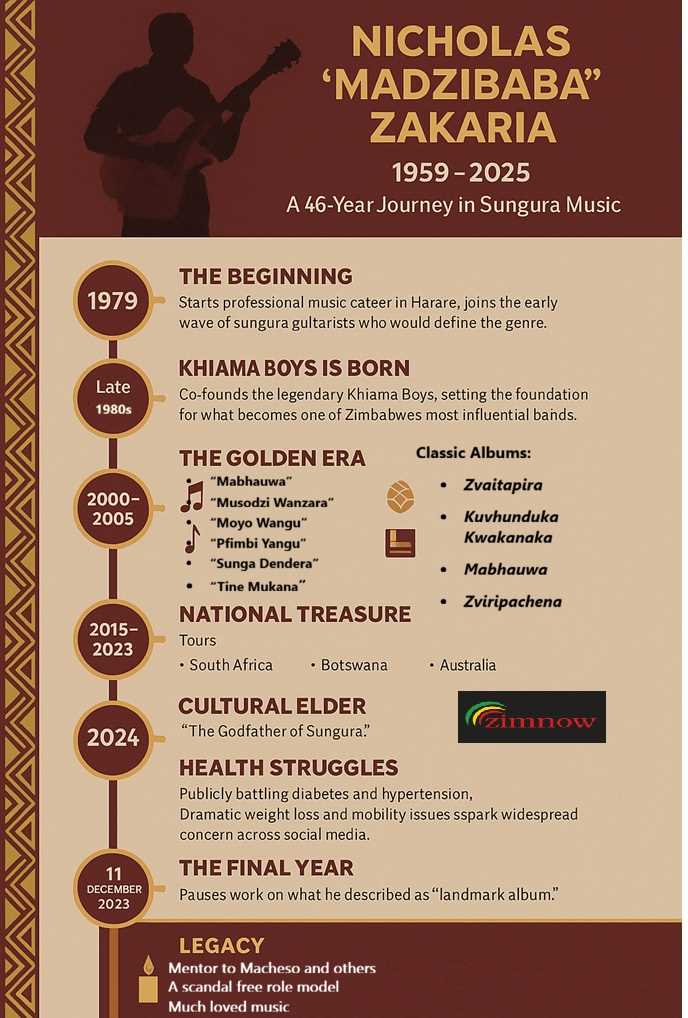




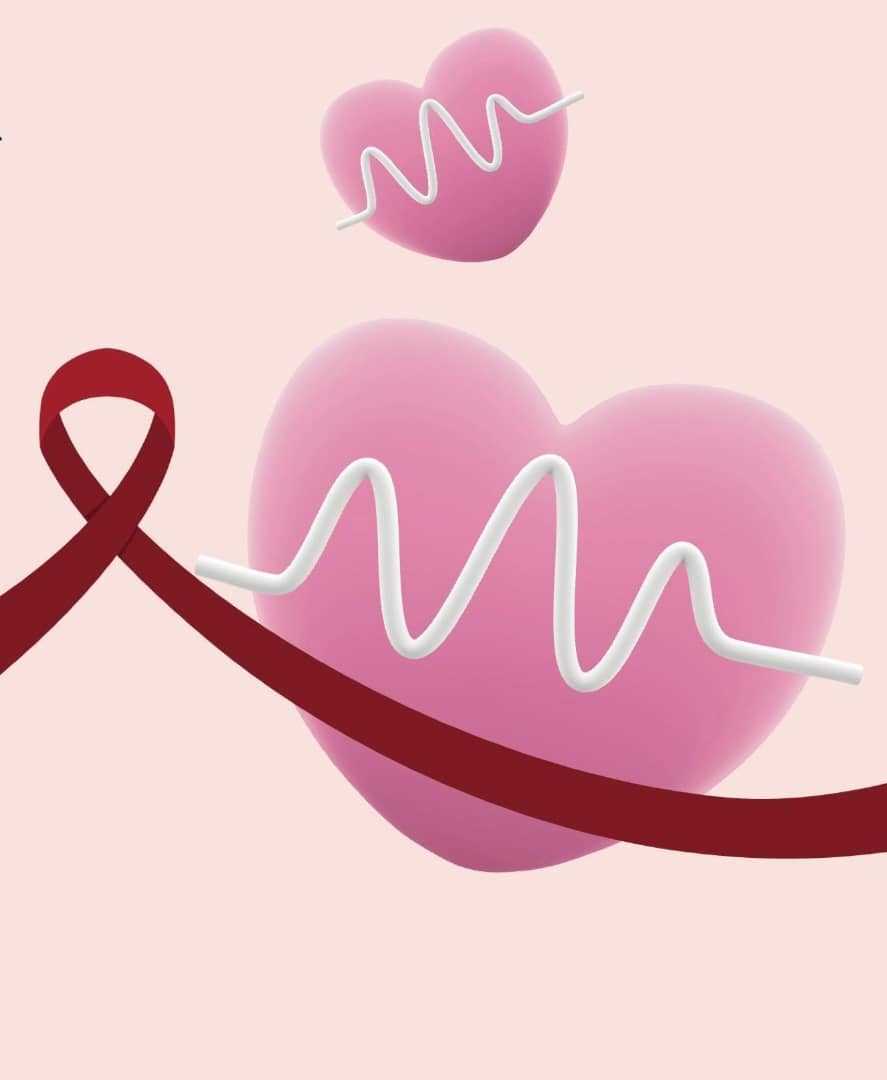
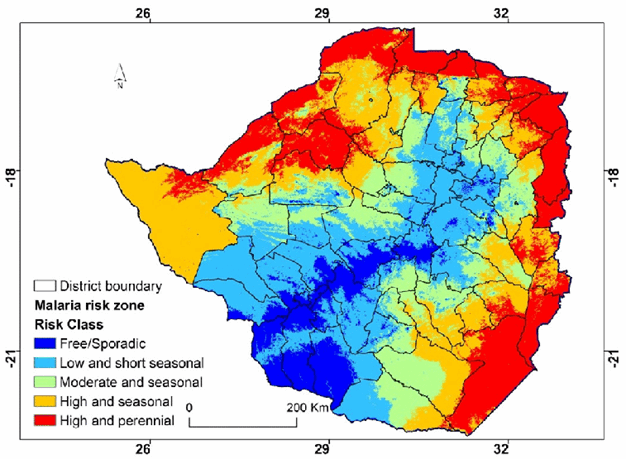






Leave Comments